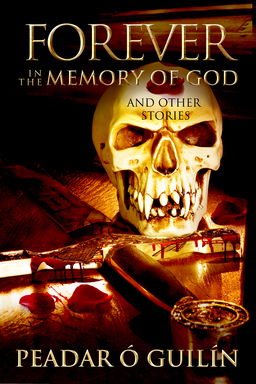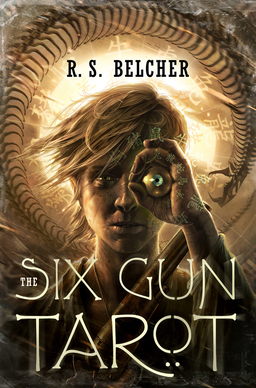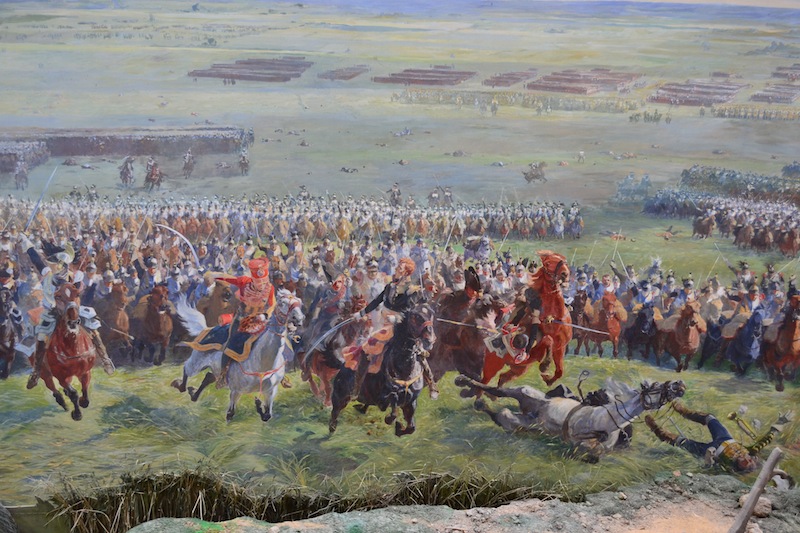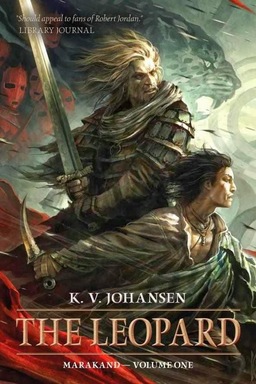The Series Series: Forever in the Memory of God and Other Stories by Peadar O Guilin
The stories in Peadar O Guilin’s Forever in the Memory of God are in some ways old-school weird fiction, Clark Ashton Smith style, heavy on disturbing imagery and sanity-shattering trauma so far over the top that it risks going beyond gallows humor and straight into comic absurdity, and yet it works. Every time. Even for me, and this is usually not my kind of thing. What these stories have going for them that the old pulp classics didn’t is striking characterization, a flesh of psychological realism animating some surprising configurations of plot bones.
The characters in the three stories here collected find themselves in dire predicaments. These characters — not all of them can be called heroes — bring their own moments of insight and blindness, laughter and grief, to their struggles. O Guilin keeps them struggling against plot twist after plot twist, all the way to twisty endings that gave me that wonderful readerly shock followed by a sense of inevitability: What?! Oh, but of course!
In the opening story, “The First of Many,” a young woman, born into the Rememberer tribe in a post-alien-invasion Earth, is the first of her kind to be a host organism to the larval young of the slug-like conquerors. She copes with the gradual loss of her arm and her privacy in her own mind — as the larva learns to read her thoughts and chemically manipulate her emotions — with a gallows humor that will be familiar to anyone who has lived with a chronic illness.








 Not all Kickstarters will fund.
Not all Kickstarters will fund. 